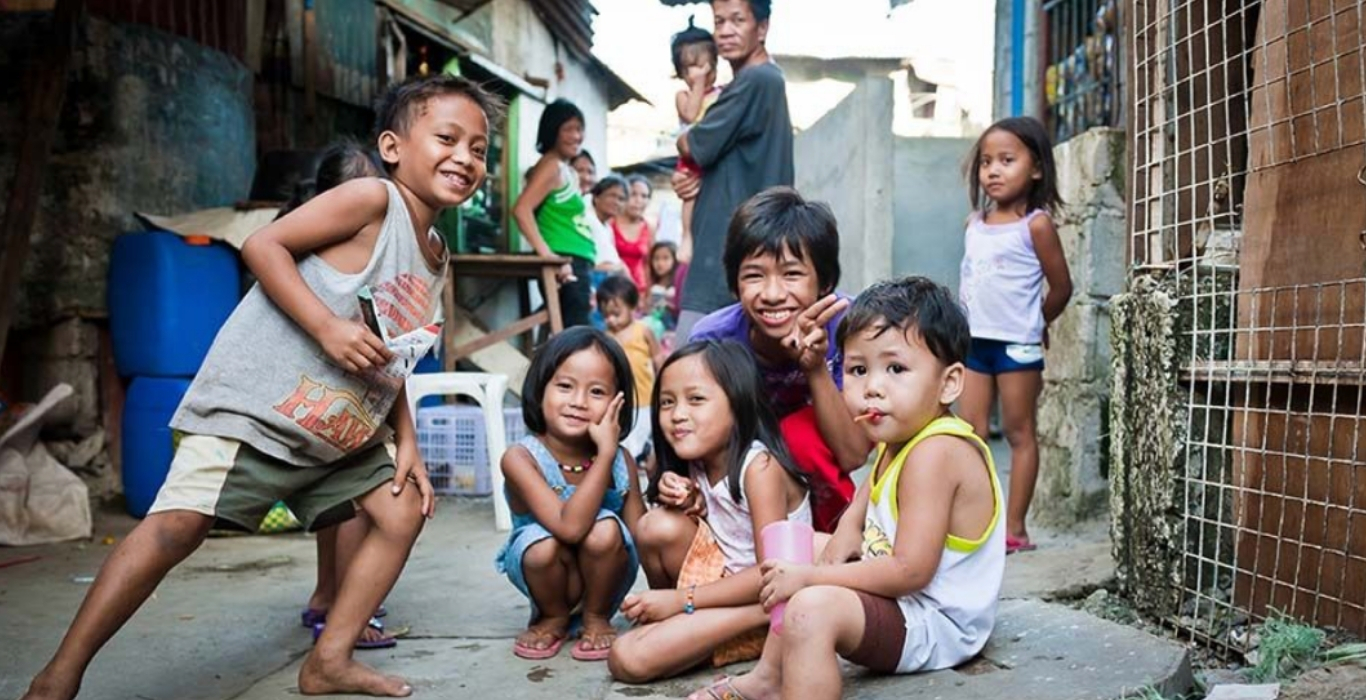A recent viral video showing young girls in the Philippines strutting down a runway in 6.5-inch platform heels has ignited a storm of debate online, raising questions about the boundaries between training and exploitation in the fashion industry.
The footage, filmed on April 1 in the affluent Davao region, features five girls—Margaux (11), Bless (10), Akeelah (9), Eiya (13), and Abby (13)—attending modeling classes where they are taught to walk in towering heels with poise and confidence. With one hand delicately placed on their heads and the other on their waists, they execute choreographed turns and synchronized strides to music, mimicking adult fashion shows with startling precision.
Supporters argue that these finishing schools offer a valuable platform for aspiring models in a country where the fashion and entertainment industries are rapidly expanding. The Philippines has produced globally recognized talent, such as Kelsey Merritt—Victoria’s Secret’s first Filipina model—and Hannah Locsin, who has walked for high-end labels like Gucci and Givenchy. With a proud history in international pageants and fashion, many view early training as a stepping stone to success on the world stage.
But critics are sounding the alarm. The sight of preteens navigating stilettos designed for adult women has raised concerns about physical safety, psychological development, and the sexualisation of young girls. Child development experts and parents alike question whether it’s appropriate to place such emphasis on appearance and adult-style performance at such a formative age.
“This crosses a line,” says Dr. Amelia Sarmiento, a child psychologist based in Manila. “Encouraging young children to model can be empowering, but putting them in extreme heels and adult-like scenarios risks sending harmful messages about body image and self-worth.”
Beyond the ethical concerns, medical professionals have highlighted the potential physical risks. Prolonged use of high heels—especially in growing children—can affect posture, cause foot deformities, and lead to long-term musculoskeletal issues.
Yet for many Filipino families, modeling offers hope for upward mobility and international opportunity. In a society where pageantry and fashion hold high cultural value, the dream of becoming the next Maureen Wroblewitz or Pia Wurtzbach can be a powerful motivator.
As the video continues to circulate and divide opinions, it underscores a broader tension between aspiration and protection. How young is too young for the runway? And at what point does ambition blur into exploitation?
While there is no simple answer, the conversation it has sparked is vital—especially in a country where talent is abundant, but child welfare must always come first.


